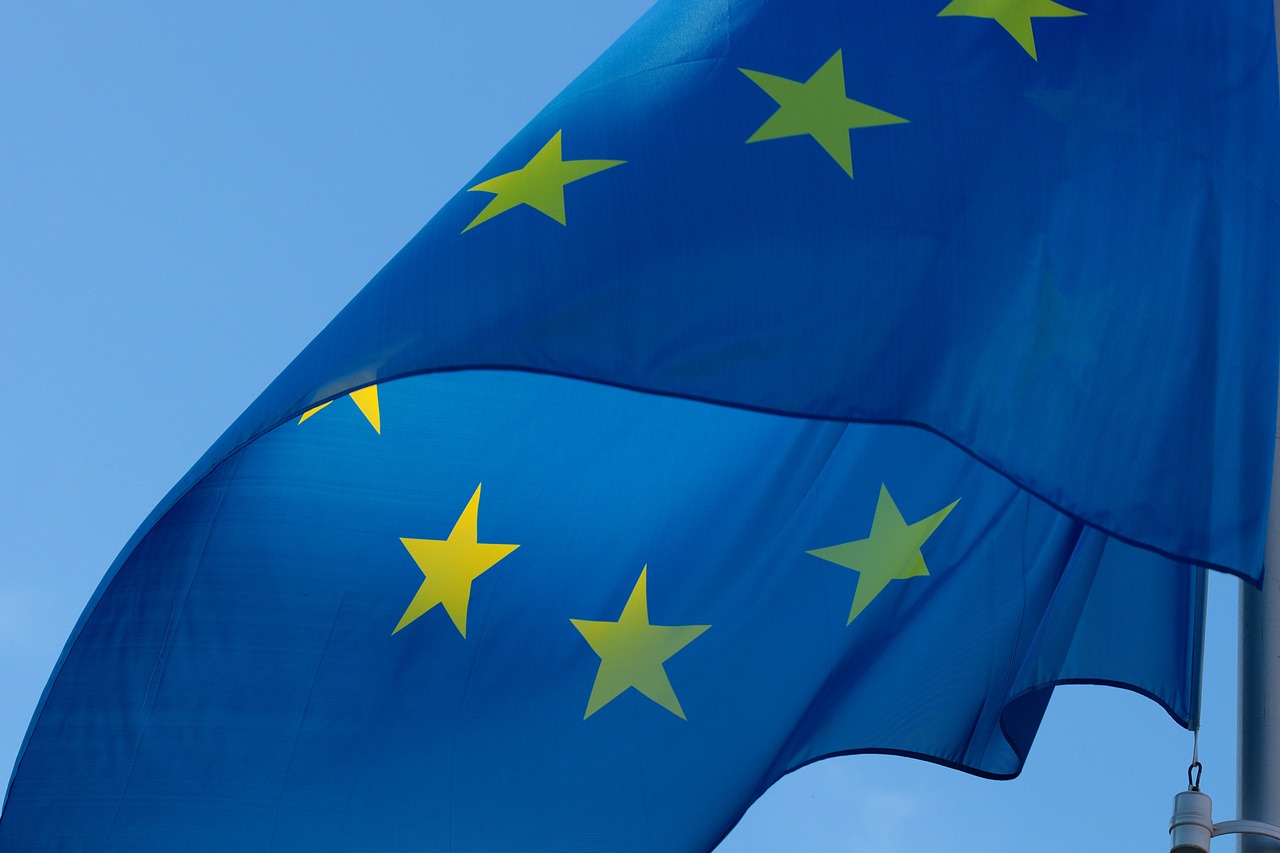France – The European Parliament and Council agreed on the Carbon Border Adjustment Mechanism (CBAM), which aims to place a fair price on carbon released during the manufacturing of imported goods such as hydrogen.
The CBAM will first apply to imports of specified items and selected precursors whose manufacturing is carbon intensive and poses the greatest danger of carbon leakage: cement, iron and steel, aluminum, fertilizers, power, and hydrogen.
The CBAM is intended to ensure that the price for embedded carbon emissions generated in the production of certain goods imported into the EU is equal to the carbon price of local production.
The agreement will be supplemented by the modification of the EU Emission Trading System (ETS), which is due to take effect this week and will align with the phase-out of free allowances under the CBAM, thereby assisting in the decarbonization of EU industry.
Capturing emissions
Once the permanent system is in place, importers will be required to declare the amount of products imported into the EU the previous year as well as their embedded greenhouse gas (GHG) emissions each year.
With the CBAM expected to begin the first phase of its transitional entry on October 1, 2023, it is hoped that if completely phased in, the new pricing tool will capture more than 50% of the emissions from ETS-covered industries.
Despite applauding the carbon pricing tool, Hydrogen Europe has stated that the CBAM “fails to consider certain crucial criteria for well-designed hydrogen coverage.” According to the association, a “significant share” of the REPowerEU plan’s intended 10 million tonnes of renewable hydrogen imports into the EU by 2030 will be done via hydrogen carriers.
According to Hydrogen Europe, the European Commission should follow up on the agreement by providing further data on the impacts on hydrogen imports and carriers into the EU, the availability of free allowances for low-carbon hydrogen production, and job opportunities in the hydrogen sector.





